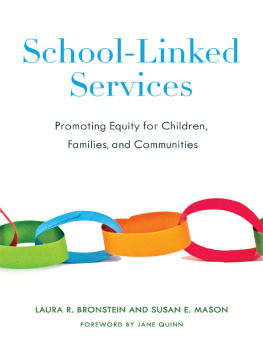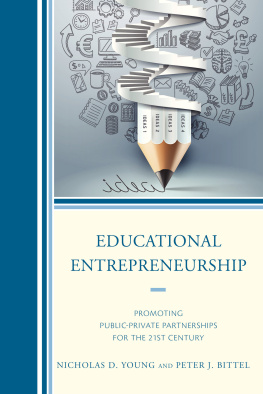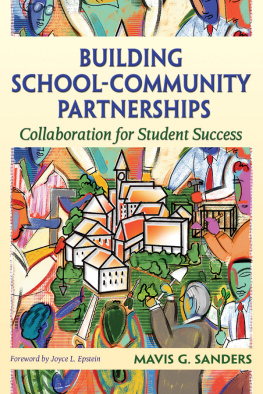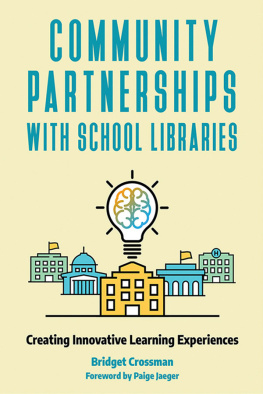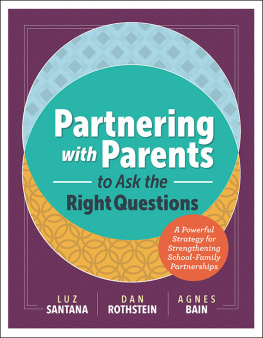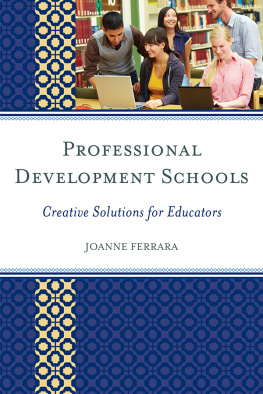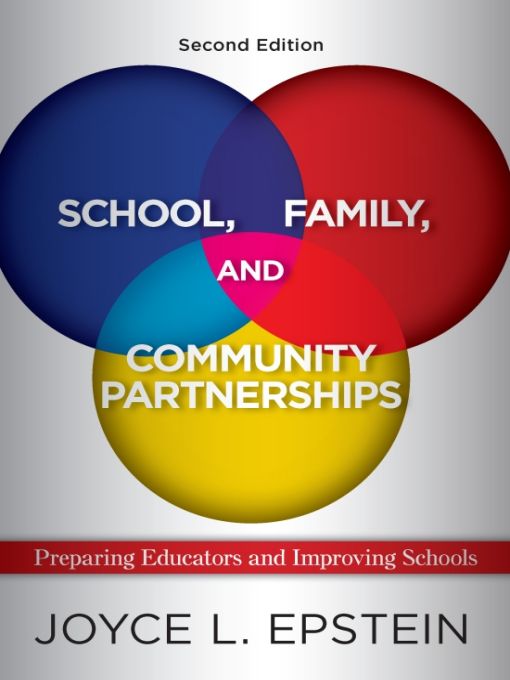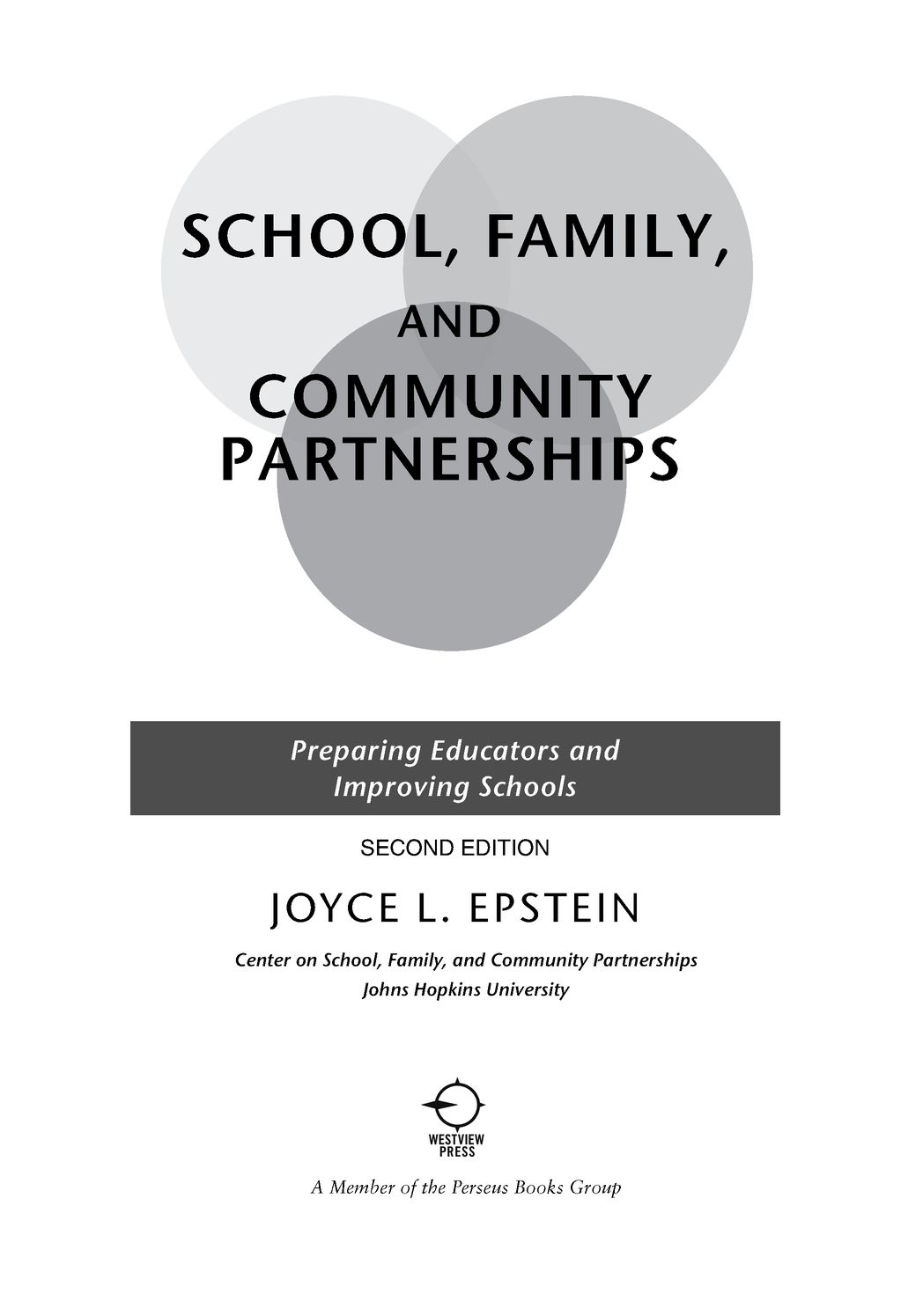Table of Contents
Table of Figures
List of Tables
This book is dedicated to the memory of Mollie C. and Edward P. Levy, whose love and support helped three sisters set and reach their goals, and to Paul Jerrold Epstein, who turned my research on school, family, and community partnerships into treasured real-life experiences.
Preface and Acknowledgments
THIRTY YEARS SOUNDS LIKE A LONG TIME to work on a topic, but it is not very long to build a field of study on school, family, and community partnerships. My colleagues and I began our research on parental involvement in elementary schools in 1981. We followed with studies of involvement in the middle grades in 1987 and in high schools in 1990. Since that time, we conducted research and development activities with state and district leaders, and we continue this work with educators at all policy levels.
In 1996, with useful results from many studies, I established the National Network of Partnership Schools (NNPS) at Johns Hopkins University. NNPS guides schools, districts, states, and organizations to use research-based approaches to build goal-oriented partnership programs that contribute to student success. Members of NNPS not only develop programs and improve practices of family and community involvement, but also identify new questions and challenges that influence our research. These connectionsresearch that improves practice and practices that extend researchare often discussed in academic circles but rarely accomplished. NNPS is showing how these connections can be organized and conducted to benefit all partners.
Funding and Collegial Support
My work at Johns Hopkins University has been funded over the years by various governmental agencies, including the Office of Educational Research and Improvement (OERI) and its predecessor, the National Institute of Education (NIE) in the U.S. Department of Education, and by a recent five-year grant from the National Institute of Child Health and Human Development (NICHD). At Johns Hopkins, my program on family and community involvement has been housed at the Center for Social Organization of Schools (CSOS) in centers that changed names with each new governmental grant, including the Center for Research on Elementary and Middle Schools (CREMS); Center for Research on Effective Schooling for Disadvantaged Students (CDS); Center on Families, Communities, Schools, and Childrens Learning; and Center for Research on the Education of Students Placed at Risk (CRESPAR). To give research on partnerships a permanent home, I established the Center on School, Family, and Community Partnerships within CSOS in 1995.
Grants from the Lilly Endowment, Edna McConnell Clark Foundation, Leon Lowenstein Foundation, National Endowment of the Arts, Disney Learning Partnership, Wallace-Readers Digest Funds, and MetLife Foundation also supported my research and development projects. Over the years, many funders became colleagues in helping me think about needed directions for school, family, and community partnerships. They included Oliver Moles and Ron Pedone at OERI; Joan Lipsitz, Gayle Dorman, and Kent McGuire at Lilly; John Van Gorder at Lowenstein; Hayes Mizell at the Clark Foundation; Jane Quinn and Catherine Pino at Wallace-Readers Digest Funds; Laurie Lang, Tony Jackson, and Pamela Rubin at Disney Learning Partnership; and Rick Love at MetLife Foundation. I value their ideas and support.
Special thanks are due to educational leaders in Baltimore who supported, assisted, and inspired me for many years. They included Jerry Baum, who directed the Fund for Educational Excellence and who was a partner in fieldwork for nearly 10 years; Lucretia Coates, the first facilitator for school, family, and community partnerships in the Baltimore City Public Schools (BCPS), whose deep knowledge about schools and families continues to influence this work; and Vivian Jackson, who assisted middle schools for several years in implementing interactive homework. Other talented facilitators for school, family, and community partnerships worked with more than 160 elementary, middle, and high schools in Baltimore City to learn how leadership on partnerships could, in fact, be organized in a large, urban school district and how all schools in nine areas could organize teams of educators, family members, and community partners to plan and implement effective partnership programs. They included (by history of participation) Marsha Powell-Johnson, Paula Williams, Brenda G. Thomas, Joyce Bowyer, Marsha Greenfeld, Patricia Kidd-Ryce, Joann E. Brown, Sandra E. Morgan, and Anjali Patel. Their knowledge and talents helped many schools turn research into action and helped me learn about the real world of district leadership and school-based program development.
Other district leaders in Baltimore supported the work of their facilitators and schools in developing programs of partnership. They included (by history of participation) Gary L. Thrift, Clifton Ball, Cynthia Janssen, Christolyne Buie, Charlene Cooper Boston, Sandra L. Wighton, Ellen D. Gonzales, Anne Carusi, Jeffrey Grotsky, Barry Williams, Patricia E. Abernathy, Cecil Ramsey, Irby Miller, and Carole Seubert. These area superintendents and other administrators taught me valuable lessons about how different district leadership styles contributed to improving schools connections with families and communities.
Several local foundations in Baltimore also supported fieldwork conducted with my community-based partner, the Fund for Educational Excellence. I owe a great debt to the Fund and to BCPS for making it possible to systematically gather ideas and data from countless teachers, principals, parents, other family members, and students. Baltimore was a learning laboratory for school, family, and community partnerships for more than a decade and helped identify the challenges and possibilities for organizing district programs of school, family, and community partnerships in elementary, middle, and high schools. Knowledge gained in BCPS contributed to the development of NNPS and underlies many of the processes that are used, now, in districts and schools across the country.
At this writing, the National Network of Partnership Schools (NNPS) at Johns Hopkins University has grown to include about 1,200 schools and 150 school districts located in more than 35 states, as well as 21 state departments of education and over 50 organizations that work with schools and districts on partnerships. I am grateful to thousands of teachers, administrators, parents, and students who have worked with me and my colleagues over the years. They showed that with skill and will it is possible to develop programs that engage all families in ways that help students succeed in school. Their trials, tribulations, and triumphs contributed to the practical approaches that are included in this volume.
Many colleagues and students at Johns Hopkins University worked with me on studies in this volume and on countless other publications that are referenced here. I am indebted to all of them, especially Henry Jay Becker, who met the challenge in 1981 to start our research program with a survey of educators and parents. His creative work and collaborative spirit helped generate many questions for the studies that followed. Other valued research partners at Hopkins included Susan L. Dauber, Susan C. Herrick, Seyong Lee, Lori Connors-Tadros, and many other helpful graduate and undergraduate students.


